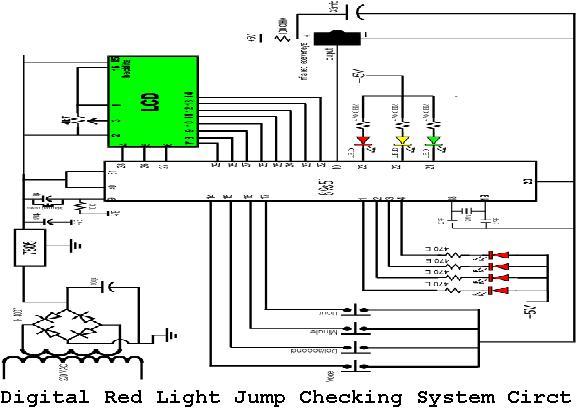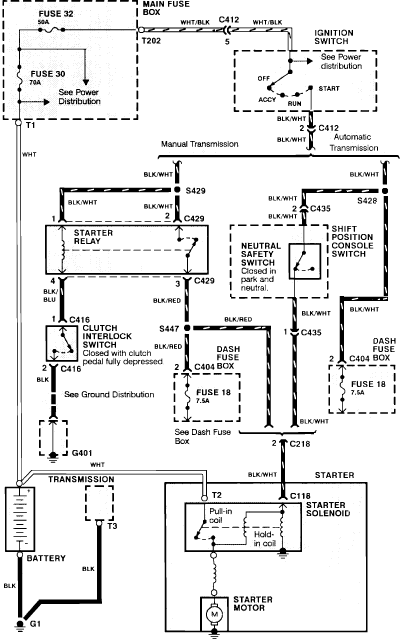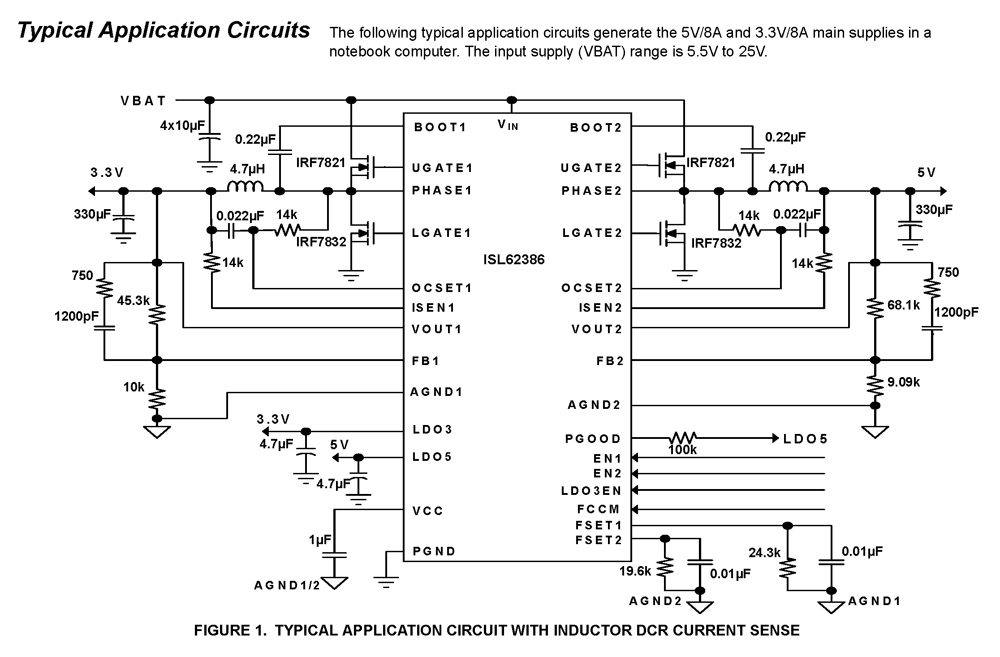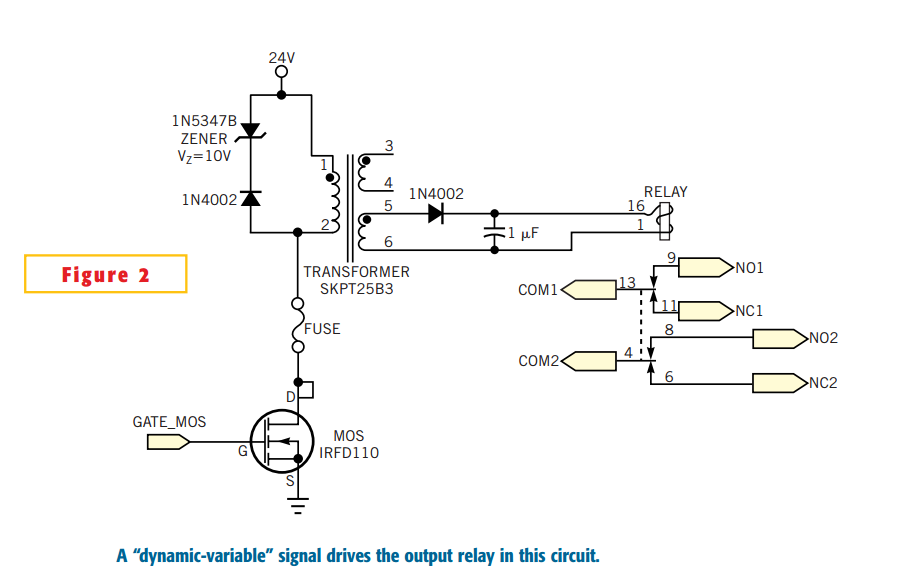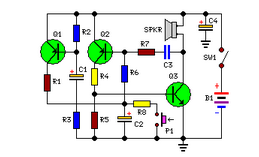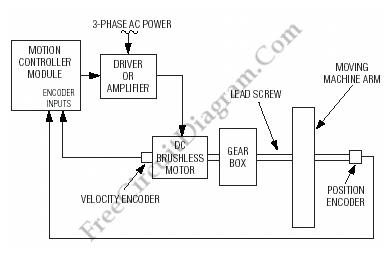
Vehicle security system
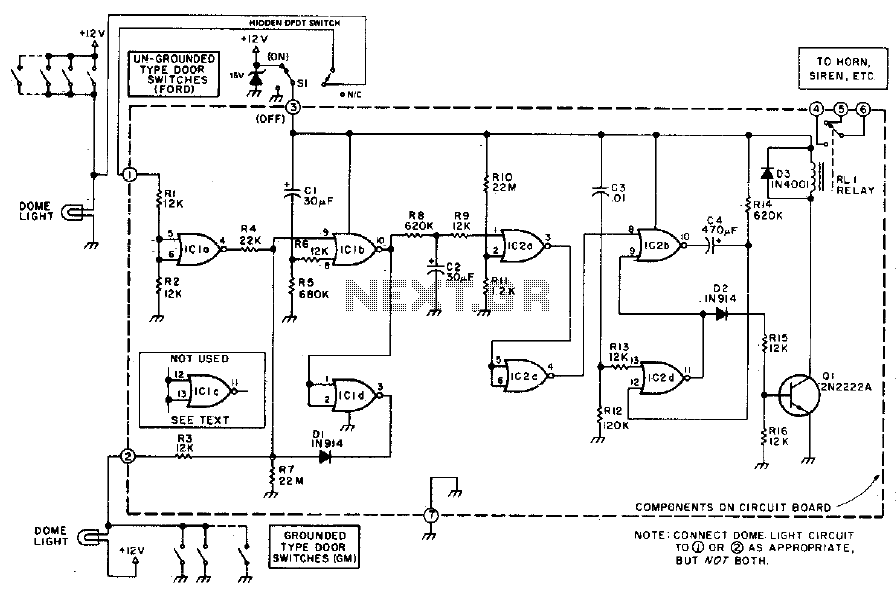
This alarm provides a 15-20 second delay for exit and entrance. After activation, the alarm emits sound for five minutes before automatically shutting off. The sequence operates independently of any subsequent door openings or closings.
The described alarm system features a timed exit and entrance delay, allowing users a brief window to deactivate the alarm upon entering or exiting a secured area. The 15-20 second delay is critical for allowing authorized individuals to access the premises without triggering the alarm immediately.
Once the system is triggered, it enters an automatic alarm state, which lasts for five minutes. During this time, a loud sound is generated to alert nearby individuals of a potential security breach. The alarm is designed to operate autonomously, meaning that any additional door openings or closings during the alarm's active state will not influence its operation or reset the countdown timer. This feature ensures that the alarm remains effective and undisturbed by incidental movements, providing a reliable security measure.
The circuit likely includes a microcontroller or a dedicated alarm IC that manages the timing and triggering of the sound output. The sound output may be generated by a piezo buzzer or a speaker, which is activated once the system detects an unauthorized entry. Additionally, the circuit may incorporate sensors, such as magnetic door switches or motion detectors, to identify when a door is opened or when movement is detected within the secured area.
Power management is also an essential aspect of this alarm system. It may include a backup battery to ensure functionality during power outages. The design should also consider user interface elements, such as a keypad or remote control, for easy activation and deactivation of the alarm.
Overall, this alarm system is designed to provide a straightforward yet effective solution for enhancing security in various environments, ensuring that users are alerted promptly while allowing for a brief grace period for authorized access.This alarm gives a 15-20 second exit and entrance delay. After being triggered, the alarm sounds for five minutes and then shuts off Once triggered, the sequence is automatic and is not affected by subsequent opening or closing of doors.
The described alarm system features a timed exit and entrance delay, allowing users a brief window to deactivate the alarm upon entering or exiting a secured area. The 15-20 second delay is critical for allowing authorized individuals to access the premises without triggering the alarm immediately.
Once the system is triggered, it enters an automatic alarm state, which lasts for five minutes. During this time, a loud sound is generated to alert nearby individuals of a potential security breach. The alarm is designed to operate autonomously, meaning that any additional door openings or closings during the alarm's active state will not influence its operation or reset the countdown timer. This feature ensures that the alarm remains effective and undisturbed by incidental movements, providing a reliable security measure.
The circuit likely includes a microcontroller or a dedicated alarm IC that manages the timing and triggering of the sound output. The sound output may be generated by a piezo buzzer or a speaker, which is activated once the system detects an unauthorized entry. Additionally, the circuit may incorporate sensors, such as magnetic door switches or motion detectors, to identify when a door is opened or when movement is detected within the secured area.
Power management is also an essential aspect of this alarm system. It may include a backup battery to ensure functionality during power outages. The design should also consider user interface elements, such as a keypad or remote control, for easy activation and deactivation of the alarm.
Overall, this alarm system is designed to provide a straightforward yet effective solution for enhancing security in various environments, ensuring that users are alerted promptly while allowing for a brief grace period for authorized access.This alarm gives a 15-20 second exit and entrance delay. After being triggered, the alarm sounds for five minutes and then shuts off Once triggered, the sequence is automatic and is not affected by subsequent opening or closing of doors.
